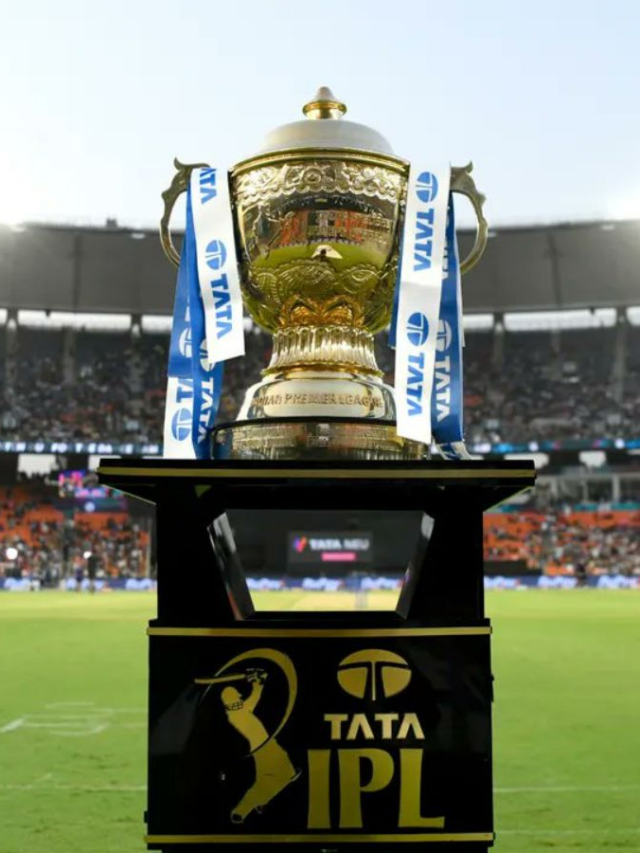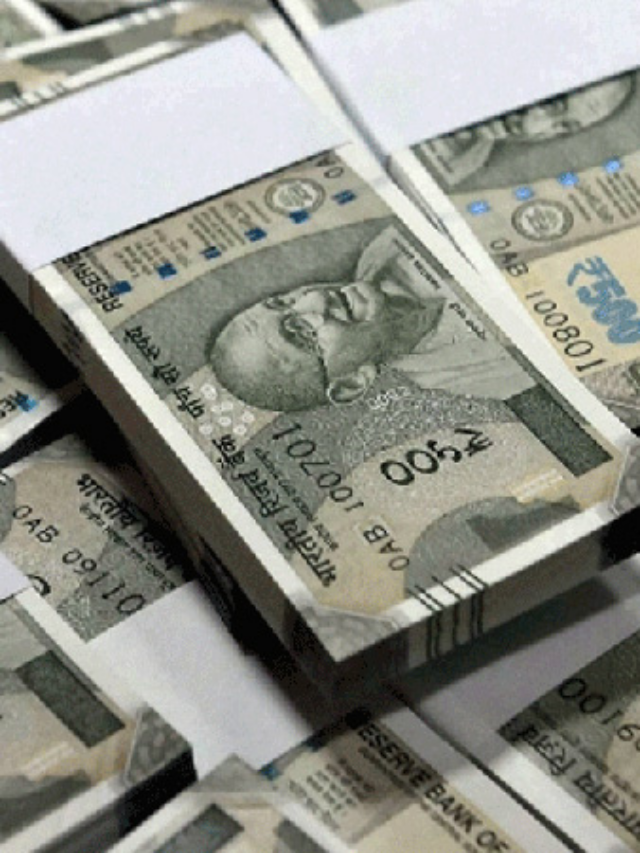
With over 100 bodies from the Balasore triple train accident piled up in various hospitals here patiently waiting for identification, AIIMS, Bhubaneswar has begun DNA sampling of claimants, an official said on Tuesday.
According to a senior official at AIIMS Bhubaneswar, up to ten samples have been collected from claimants so far.
He stated that the bodies had been moved to the five containers where they could be preserved for a longer period of time.
The official said there should be no hurry in disposing of the bodies after DNA sampling as they can be preserved in a container for six months. Of the 278 dead persons, 177 bodies have been identified while another 101 need to be identified and handed over to their families.
The IIMS in Bhubaneswar received 123 bodies, 64 of which were identified.
On Tuesday, an applicant from Jharkhand claimed that they had identified Upendra Kumar Sharma’s body on Monday, but it was handed over to someone else on Tuesday.
“What is the point of doing DNA sampling if the body has been handed over to someone other. We had identified Upendra from the tattoo mark on his body,” the relative said.
However, Dr Pravas Tripathy, Deputy Superintendent of AIIMS, Bhubaneswar, said that the bodies were being handed over after detail inquiry. It is a fact that more than one family have been claiming a single body and for that DNA sampling is being done.
Replying a question, he said that it may require at least 7 to 10 days to get DNA sampling report.
As the bodies were now being kept in container, there should be no problem in preserving the bodies, he said.
In addition to Odisha, the majority of the victims were from West Bengal, Bihar, Jharkhand, Andhra Pradesh, and Tamil Nadu.
Meanwhile, three agencies – the CBI, the Commissioner of Railway Safety (CRS), and the GRP, Balasore – have launched an investigation into the Balasore triple train crash, which killed at least 278 people.
And yet, Khurda Divisional Railway Manager (DRM) Rinkesh Roy suspected outside physical tampering with equipment, which caused the Coromandel express to enter the loop line and collide with the iron-laden goods train on June 2.
Roy said when the Coromandel express passed through Bahanaga Bazar station, there was green signal on the main line. The signal is usually green when all the pre-conditions required for the signal to go green are perfect. If any of the pre-conditions does not meet, technically the signal can never turn green. Unless and until anyone tampers with the signal system, it remains red, Roy said.
Stating that the railways has a system called data logger where each event starting from the pushing of signal buttons gets recorded, the DRM said that the “data logger shows that there was green signal. It can’t be possible unless someone has tampered with it.”
Also read: Active Covid Cases In Country Dip To 3,001
To read more such news, download Bharat Express news apps






































